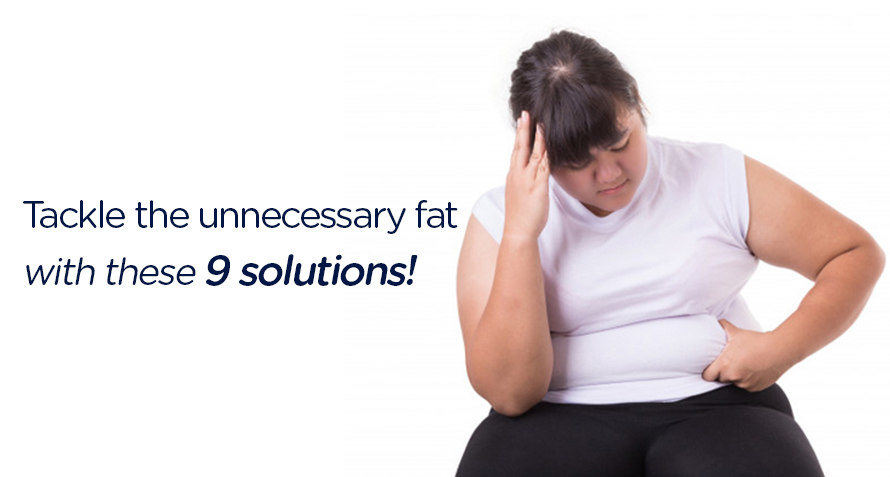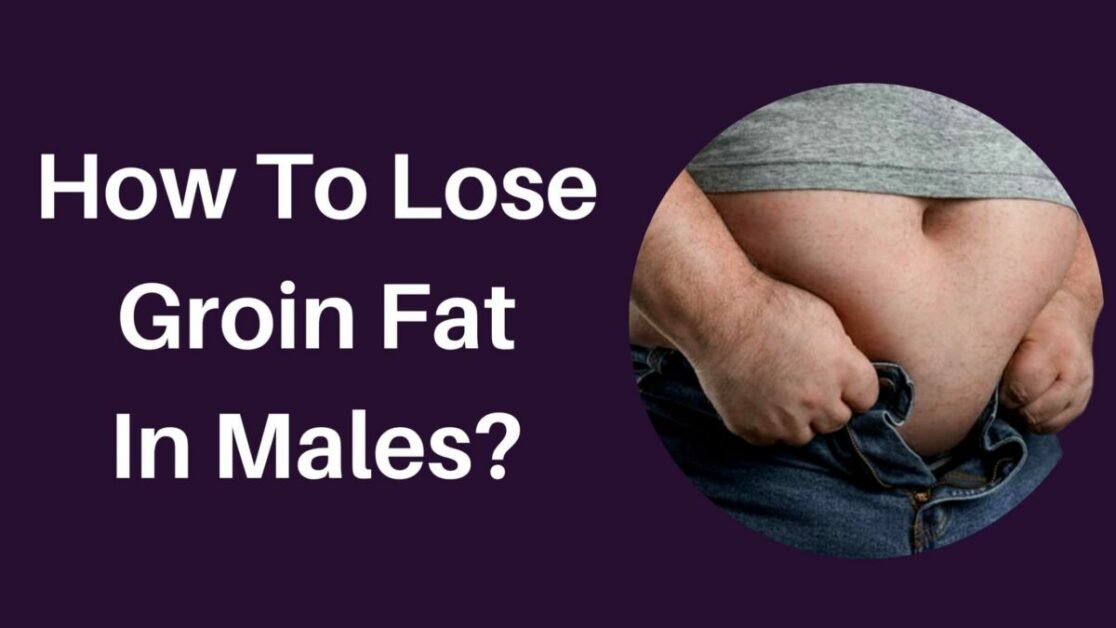How To Lose Fat From Pelvic Area

The quest to target fat loss in specific areas of the body, particularly the pelvic region, is a common aspiration. Misinformation and unrealistic expectations often cloud the path to achieving this goal. Understanding the complexities of fat distribution and adopting evidence-based strategies are crucial for anyone seeking to improve their body composition and overall health.
This article delves into the science behind fat loss, exploring effective methods for reducing overall body fat and focusing on lifestyle changes that can contribute to a leaner pelvic area. It cuts through the myths surrounding spot reduction and offers practical, sustainable solutions grounded in scientific research and expert advice.
Understanding Fat Loss: A Holistic Approach
The fundamental principle of fat loss revolves around creating a calorie deficit. This means burning more calories than you consume, forcing your body to tap into its fat reserves for energy. This deficit can be achieved through a combination of dietary adjustments and increased physical activity.
It's crucial to understand that the body doesn't selectively burn fat from specific areas. Fat loss occurs systemically, and the areas where you lose fat first are largely determined by genetics. Spot reduction, the idea of targeting fat loss in one specific area, is a myth largely debunked by scientific research.
Dietary Strategies for Fat Reduction
A well-balanced diet is paramount for achieving and maintaining a healthy weight and reducing overall body fat. Focus on consuming whole, unprocessed foods, including plenty of fruits, vegetables, lean proteins, and whole grains. These foods are nutrient-dense and help promote satiety, making it easier to adhere to a calorie deficit.
Prioritize protein intake, as it plays a vital role in muscle building and repair, and also helps you feel fuller for longer. Include healthy fats from sources like avocados, nuts, and olive oil, which are essential for hormone production and overall health.
Limit your intake of processed foods, sugary drinks, and excessive amounts of saturated and unhealthy fats. These contribute to excess calorie consumption and hinder fat loss efforts. Paying close attention to portion sizes is also essential.
Exercise: The Cornerstone of Fat Loss
Regular physical activity is a crucial component of any fat loss strategy. It helps burn calories, builds muscle mass, and improves overall health and well-being. A combination of cardiovascular exercise and strength training is the most effective approach.
Cardiovascular Exercise
Cardio activities like running, swimming, cycling, and brisk walking are excellent for burning calories and improving cardiovascular health. Aim for at least 150 minutes of moderate-intensity or 75 minutes of vigorous-intensity aerobic exercise per week, as recommended by the Centers for Disease Control and Prevention (CDC).
High-Intensity Interval Training (HIIT) is a particularly effective form of cardio for fat loss. HIIT involves short bursts of intense exercise followed by brief recovery periods, which can boost your metabolism and burn more calories in a shorter amount of time.
Strength Training
Strength training is essential for building muscle mass, which helps increase your metabolism and burn more calories at rest. Focus on compound exercises that work multiple muscle groups simultaneously, such as squats, deadlifts, lunges, and push-ups.
Aim to incorporate strength training exercises at least two to three times per week, allowing for adequate rest and recovery between workouts. As muscle mass increases, the body burns more calories even when at rest.
Lifestyle Factors: Sleep, Stress, and Hydration
Beyond diet and exercise, several other lifestyle factors play a significant role in fat loss. Prioritizing sleep, managing stress, and staying hydrated are all essential for optimizing your body's ability to burn fat.
Aim for 7-9 hours of quality sleep per night. Sleep deprivation can disrupt hormone levels, leading to increased hunger and cravings. Chronic stress can also elevate cortisol levels, which can promote fat storage, particularly in the abdominal area.
Practice stress-reduction techniques such as meditation, yoga, or spending time in nature. Staying adequately hydrated by drinking plenty of water throughout the day is also crucial for overall health and can help boost metabolism.
Addressing Specific Concerns: Pelvic Area Fat
While spot reduction is not possible, certain exercises can help tone the muscles in the pelvic area and improve overall body composition. Exercises like squats, lunges, and glute bridges can help strengthen the glutes, hips, and thighs, contributing to a more toned appearance.
Proper posture and core strength can also play a role in how the pelvic area appears. Engaging in core strengthening exercises such as planks and crunches can improve posture and create a more streamlined silhouette.
Remember that genetics play a significant role in fat distribution. Some individuals are simply predisposed to storing more fat in the pelvic area. Acceptance and focusing on overall health and well-being are paramount.
Seeking Professional Guidance
Consulting with a registered dietitian or certified personal trainer can provide personalized guidance and support. A dietitian can help you develop a tailored meal plan that meets your individual needs and goals, while a personal trainer can create a workout program that is safe and effective.
A healthcare professional can also help identify any underlying medical conditions that may be contributing to weight gain or difficulty losing weight. They can rule out conditions like hormonal imbalances or metabolic disorders that may require medical intervention. Always seek professional advice before making significant changes to your diet or exercise routine.
Conclusion: A Sustainable Approach to Fat Loss
Losing fat from the pelvic area, or any specific area of the body, requires a holistic and sustainable approach. Focus on creating a calorie deficit through a combination of dietary adjustments and regular exercise. Prioritize whole, unprocessed foods, engage in both cardiovascular exercise and strength training, and ensure you are getting adequate sleep and managing stress.
Remember that progress takes time and consistency. Avoid fad diets or unrealistic expectations. By adopting a healthy lifestyle and focusing on overall well-being, you can achieve a leaner physique and improve your overall health. Patience and persistence are key.
Ultimately, the goal should be to embrace a healthy and sustainable lifestyle that promotes both physical and mental well-being. Focusing on body positivity and self-acceptance is crucial throughout the journey. With dedication and the right approach, positive changes are achievable.


















